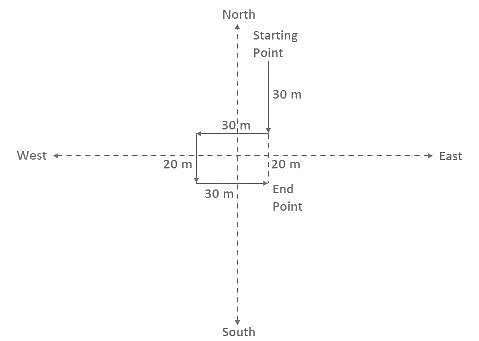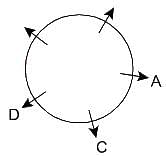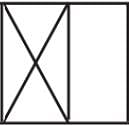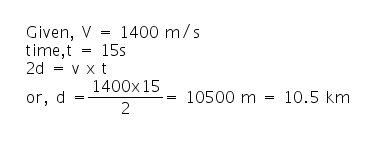NVS Lab Attendant Mock Test - 8 - NVS TGT/PGT MCQ
30 Questions MCQ Test - NVS Lab Attendant Mock Test - 8
Directions to Solve
In each of the following questions find out the alternative which will replace the question mark.
Question -
Flow : River :: Stagnant : ?
A man walks 30 meters towards South, then turning to his right, he walks 30 meters, then turning to his left, he walks 20 meters, again turning to his left, he walks 30 meters. How far is he from his starting point ?
| 1 Crore+ students have signed up on EduRev. Have you? Download the App |
Directions: Each of the following consists of a question and two statements numbered I and II given below it. You have to decide whether the data provided in the statements are sufficient to answer the question.
A, B, C, D and E are sitting around a circle and facing away from the centre. Who sits second to the right of B?
Statement I: A sits to the immediate left of C. D sits second to the right of A.
Statement II: D sits immediately between E and B. B sits to the immediate left of A.
Statement I: A sits to the immediate left of C. D sits second to the right of A.
Statement II: D sits immediately between E and B. B sits to the immediate left of A.
Directions to Solve
In each of the following questions find out the alternative which will replace the question mark.
Question -
Race : Fatigue :: Fast : ?
Direction: If a Paper (Transparent Sheet ) is folded in a manner and a design or pattern is drawn. When unfolded this paper appears as given below in the answer figure. Choose the correct answer figure given below.
Find out from the four alternatives as how the pattern would appear when the transparent sheet is folded at the dotted line.
Question Figure
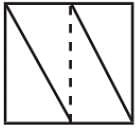
Answer Figure
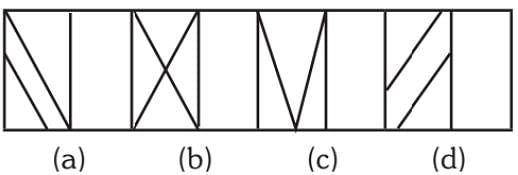
Which Indian state's delegation is heading to Switzerland for the World Economic Forum to showcase its vision of becoming a trillion-dollar economy?
Practice Quiz or MCQ (Multiple Choice Questions) with solutions are available for Practice, which would help you prepare for "Synonyms" under Verbal Aptitude. You can practice these practice quizzes as per your speed and improvise the topic. The same topic is covered under various competitive examinations like - CAT, GMAT, Bank PO, SSC and other competitive examinations.
Q. Guess the correct synonym of the following words:
TIMID
Direction: In questions below, choose the word opposite in meaning to the given word.
Safe
Direction: In questions below, choose the word opposite in meaning to the given word.
Unscrupulous
Which microscope made it possible to observe the complex structure of cell and its organelles?
The velocity of ultrasonic sound in water is 1400 m. The depth of the ocean as detected by SONAR, if the time taken to receive the reflected wave is 15s, is
When a solid body is fully immersed in a liquid, the volume of the displaced liquid is:
A body is weighed at the poles and then at the equator. The weight
The typical steps in a conventional wastewater treatment follows the sequence:
Which is the most abundant non-metal on the earth?
Which organ stores urine in the human excretory system?
NaCl molecule is made of which of the following ions?
In series combination, resistance increases due to increase in
Find the incorrect statement about Newton’s law of action and reaction. Action and reaction
During dialysis, which are the substances kept at a lower concentration than in the blood?
Which of the following gland has both exocrine and endocrine parts :-
How does the state of matter change during the fusion process?


